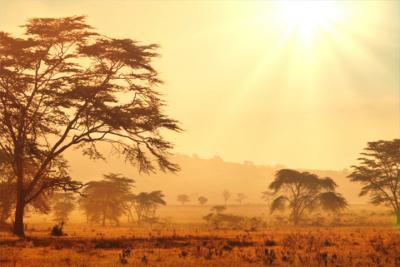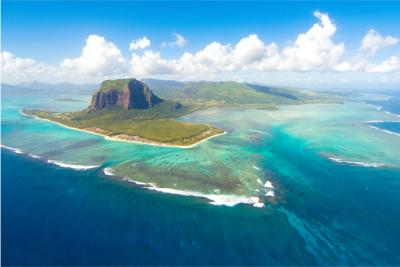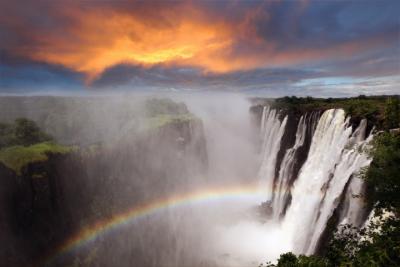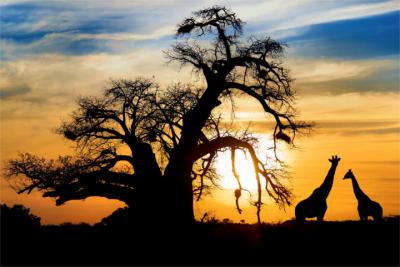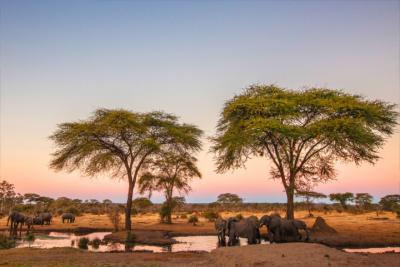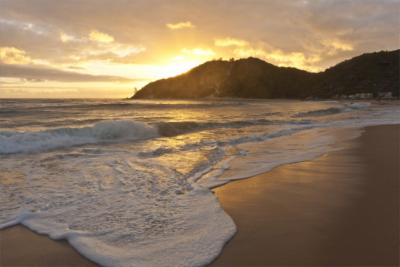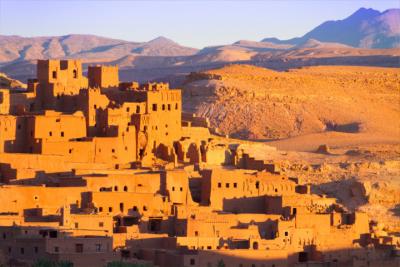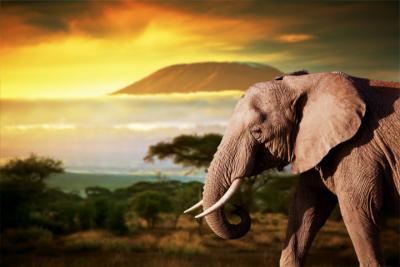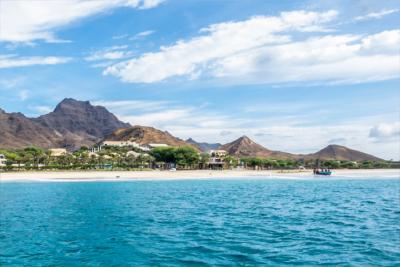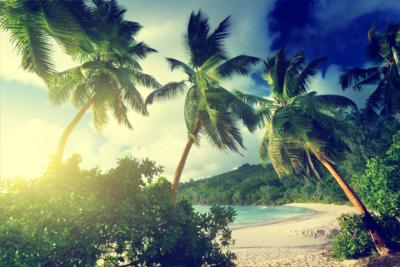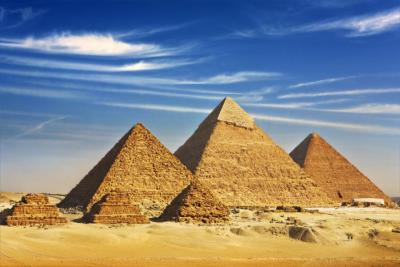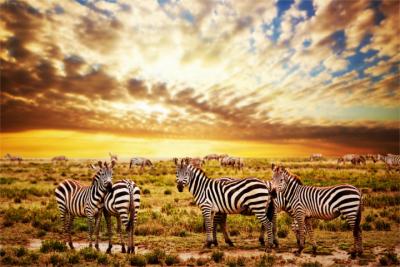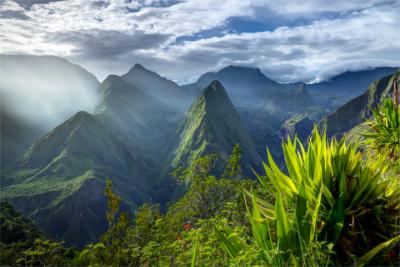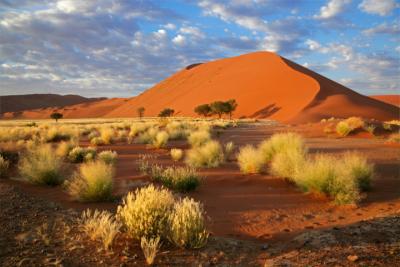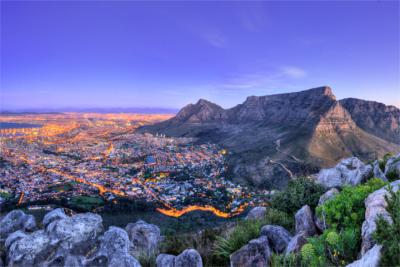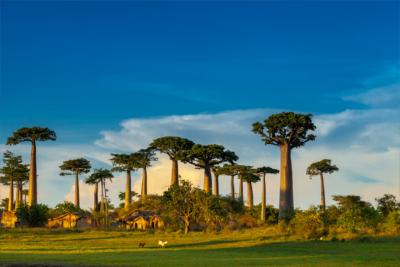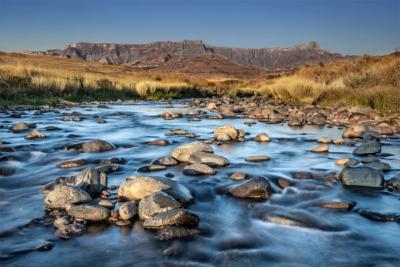Travel Offers
Travelmyne Featureprint
Distance
Tanzania - The Endless Serengeti
Tanzania is one of the most beautiful destinations in Africa. With the Kilimanjaro, the continent's highest mountain, several large lakes and a breathtaking fauna with lions, elephants, wildebeests and zebras, the country makes safari dreams come true.
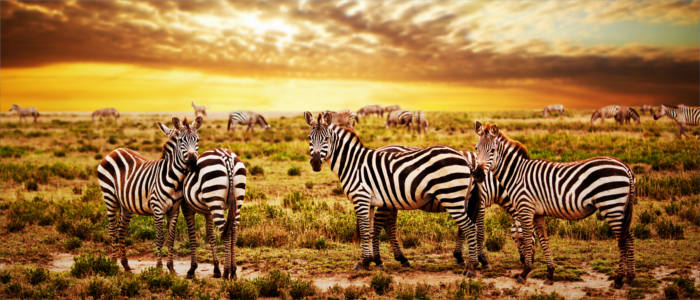
Geography - The highest mountain
Tanzania is a unique African country. While most countries on the continent are rather dry and flat, Tanzania is characterised by the beautiful white peaks of the Kilimanjaro, large lake areas and tropical vegetation. The country lies at the East African coast at the Indian Ocean and borders on Kenya, Uganda, Rwanda, Burundi, the Democratic Republic of the Congo and Zambia as well as on Malawi and Mozambique. The climate is mostly tropical but there are regional differences. November is the warmest month with 25 °C and July the coldest with 19 °C. The rainy season begins at the end of March and lasts until the beginning of June.
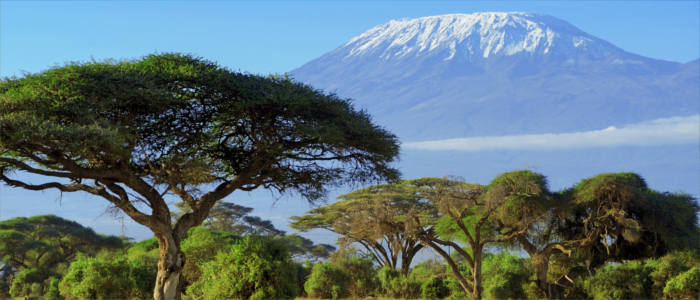
Nature - The "endless plains"
The tribes of the Maasai were fascinated with the extent of the African savannah. They called it the "vast area" or the "endless plains", which is "Serengeti" in their language. The most impressive animals of the continent live here. Lions, hippos and elephants walk through the high grass. Gigantic herds of wildebeests cross the savannah every year and crocodiles wait in the swampy lake regions. Tanzania contains three of Africa's largest lakes: Lake Victoria in the north, Lake Malawi in the south and Lake Tanganyika in the west. In addition, there is a number of longer rivers and one of the continent's highest waterfalls - the Kalambo Falls (235 m). The vast plain is crossed by Africa's highest mountain range. You already see the white summit of Mount Kilimanjaro from afar. Its highest point is the Kibo with a height of 5,895 metres.
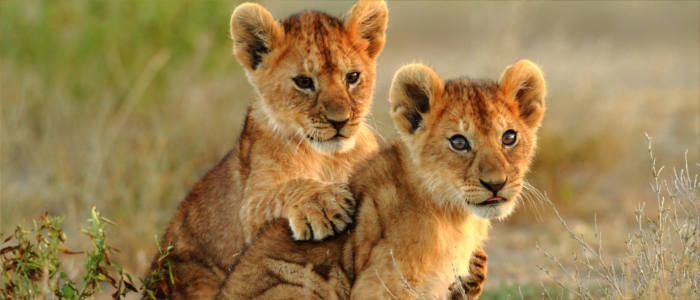
Natural sights - A safari paradise
Most tourists travel Tanzania because of its breathtaking fauna and the impressive landscape. There are countless opportunities for exciting safaris. It is simply impossible to see all of the country's highlight on one trip. One particularly interesting example is the Serengeti National Park. During the great wildebeest migration, several thousands of the magnificent animals cross the savannah. You can also watch lions, giraffes, crocodiles and many other animals in their natural habitat here. The gigantic Ngorongoro Crater is an impressive formation, which is home to many animal species. Leopards, flamingos, buffaloes and hyenas live in the unique caldera. Travellers who are interested in chimpanzees should visit the remote parks of the Mahala Mountains and Gombe in the west of the country. Elephants and hippos populate the Ruaha National Park. Another highlight is a river trip on the Rufiji River in the Selous Game Reserve. At the coast, you see coral reefs around the uninhabited Mbudya Island. In addition to its fantastic fauna, Tanzania offers a number of wonderful beaches. The white sandy beaches on Zanzibar, for example, are excellently suited for holidays at the seaside.
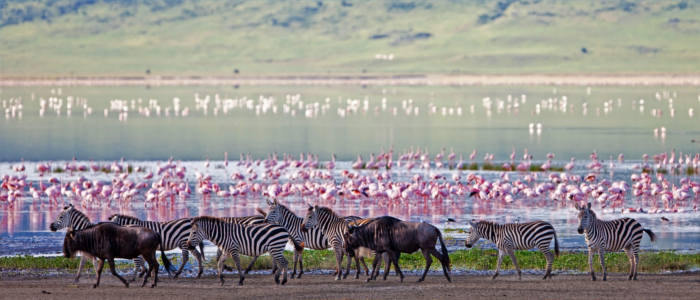
Culture - Swahili, colonies and the Islam
The culture of the Swahili developed from the 18th century on. The people built the first towns at the coast. There were mostly Islamic. On the search for a more suited maritime route to India, the Portuguese came across Tanzania's tribes in the 16th century and caused major changes. In the 19th century, a number of German colonies were established but the country went to the British in 1916. Tanzanian only gained independence in 1961. Since then, the county has been trying to form a stable political system. It is Islamic to the present day. Most people live in the cities. One of the biggest cities lies directly at the Indian coast - Dar es Salaam. Tribal cultures such as the Maasai could be preserved too. Their villages are located in the country's heartland.
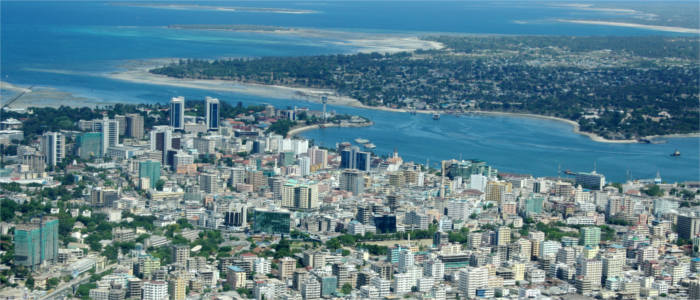
Cultural sights - Living in accordance with nature
Tanzania's culture has two faces. On the one hand, the country has big cities like Arusha, a popular tourist destination, or Dar es Salaam, the harbour city at the Indian Ocean with many inhabitants. On the other hand, you see the simple way of living in accordance with nature of the various tribes. Many travellers are interested in the rural life of the Maasai or Meru. The Sambaa villages can even be visited. At the foot of the Kilimanjaro, called "Kili" by the locals, you find the Chagga people, who live in simple huts and maintain their traditions and customs. The Kondoa rock paintings show the origin of African life. Other attractions are the Arab and Portuguese ruins Kilwa and Kisiwani at the coast. If you have the time, you should definitely visit the former spice island of Zanzibar. Stonetown's old town and the spice road are a must for every history enthusiast.
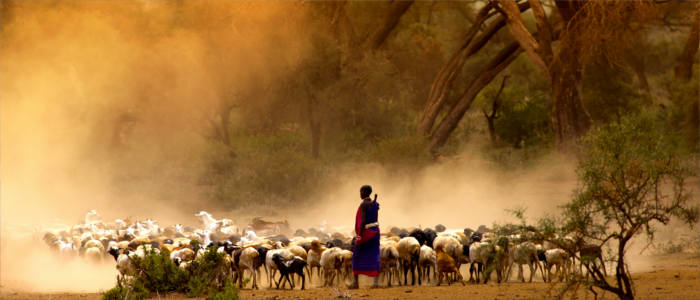
Experience - African beaches
Not many travellers think of the wonderful beaches at the Indian Ocean when they imagine a trip to Africa but Tanzania offers a great variety of the most beautiful white and golden beaches. You find the most extraordinary restaurants, which serve freshly caught fish, in remote places. You have a glass of Afrikoko with your meal, which is a liqueur made with coconut and chocolate. Interesting shopping facilities are the markets in Arusha. The Maasai market with its traditional wood carvings is especially popular with visitors. Zanzibar accommodates exciting shops too. The nightlife mainly takes places in Dar es Salaam and Arusha. The capital of Dodoma also contains night clubs and a number of delicious restaurants. However, the inhabitants prefer to party outdoors under the starlit sky. The beach is a common location for cheerful and musical get-togethers.
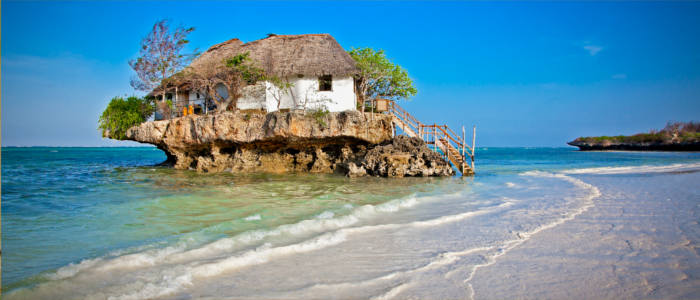
Activities - Summiteers in the safari country
The most beautiful beaches for holidays at the seaside are located around Dar es Salaam. The sections Kunduchi and Mjimwena are highly recommended. Zanzibar's sandy beach is pearly-white. Snorkellers and divers definitely get their money's worth here. Mafia Island is a popular starting point for sport fishermen. Climbing the Kilimanjaro has become a common tradition. There are many hiking trails and trekking routes in the wild mountainous region. Travellers should note that it takes about a week to get to the mountain's top but once you reach the summit, you are rewarded with a stunning view over the vast area of the savannah.
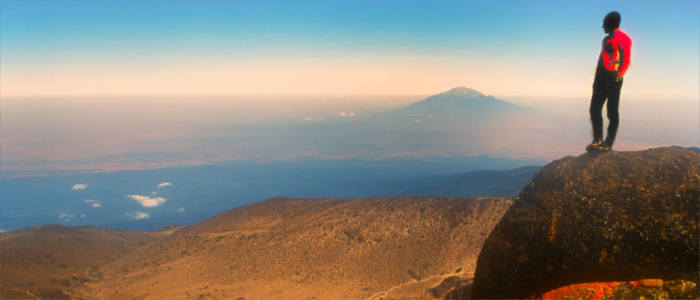
Information
The best time for travelling Tanzania depends on what you want to see. Beach-goers should come here in February or March, the great herd migrations usually take place in autumn and you can watch whales near Zanzibar from July to October. Except for the rainy season from March to June, every time of the year is suited for a trip to Tanzania.
Wild animals, the vast area of the savannah and an extraordinary culture make Tanzania popular with all age groups. With a bit of planning, travellers can make their dream of a safari come true.

